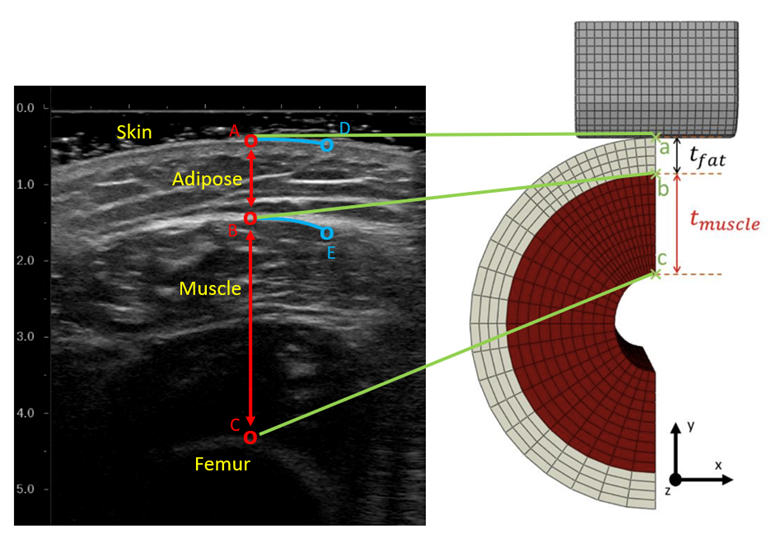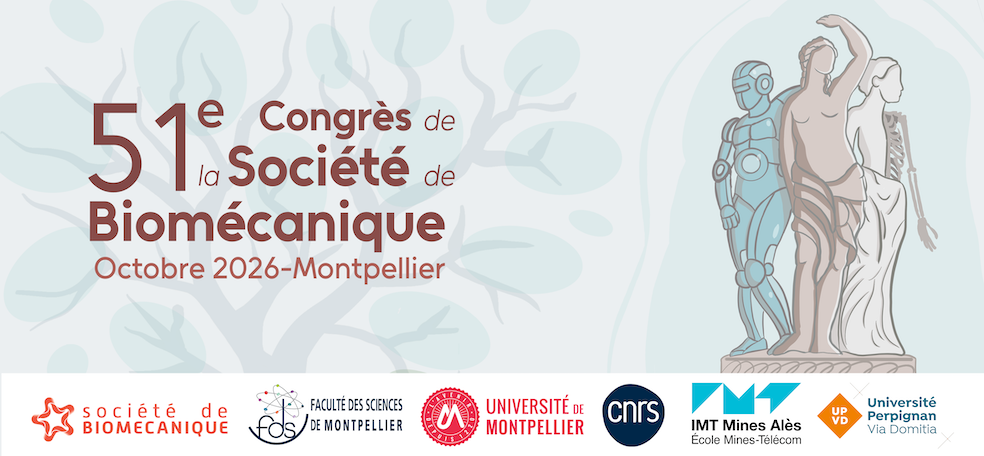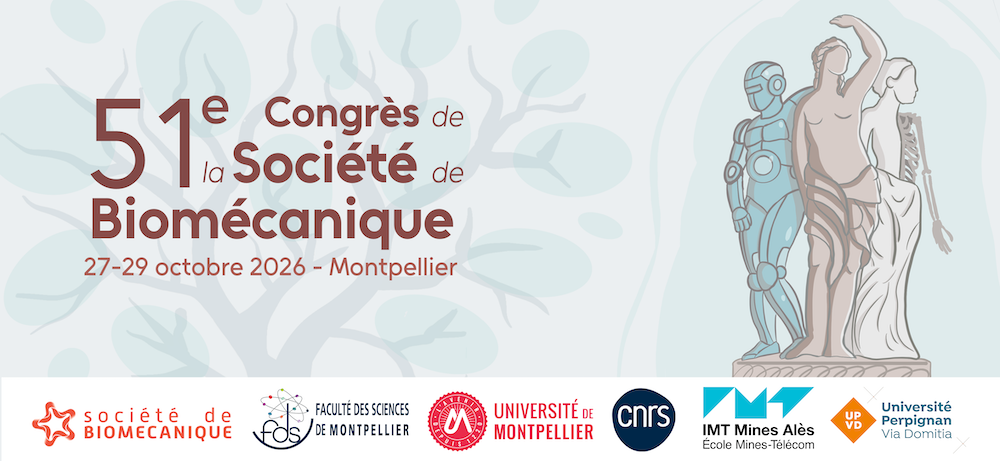Par Carla Cornillon.
Pressure ulcers (PU) are an ongoing challenge in public healthcare. Patients develop these chronic injuries from long-term repetitive loading of soft tissue, which can lead to the necrosis of soft tissue and further complications. To understand the role of deformation of soft tissue in the development of these injuries, finite element models have been developed to estimate the damage occurring internally within these tissues. Varying material properties representing the soft tissue have demonstrated a drastic impact on the stress and strain outputs and conclusions of these models. Thus, the need for characterizing material properties has arisen to determine personalized parameters which could eventually be implemented in these models or distinguish material differences between individuals. The identification of a unique set of material properties for specific soft tissues remains an ongoing challenge. The goal of this work was to improve a previously developed inverse optimization method in the identification of muscle and adipose material properties.
A combined experimental-numeric approach was used to perform the inverse optimization of the muscle and adipose properties. An indentation protocol using a custom ultrasound-force sensor setup was performed to extract the experimental force-displacement response of the muscle and adipose tissue. A simplified finite element model of the participant’s thigh which included both the muscle and adipose tissue was constructed which applied the loading of the ultrasound indentation on the thigh. An inverse optimization method which compared the experimental data to the numerical results of the participant’s model was used to identify the personalized muscle and adipose parameters. In this study, the authors’ modified the cost function associated with the optimization method to consider the impact of the changes in tissue morphology and its impact on identifying the material properties. To test the identifiability of the parameters, different starting points were tested in the algorithm. The results demonstrated that considering these new aspects in the cost function changed the descent and resulting parameters for the muscle and adipose tissue. Additionally, different starting points for initialing the algorithm resulted in different material properties for the soft tissue, which suggests the method has fallen into local minimums in its descent and has yet to identify a unique set of parameters of the muscle and adipose tissue of the participant.
This work continues the development in understanding the best means in achieving a protocol which can identify a unique set of material properties. From a clinical perspective, the identification of personalized material properties which could differentiate the risk of developing PU would be a useful clinical tool in the prevention of these chronic injuries, and is necessary in the construction of finite element models which seek to measure the internal deformation occurring in the soft tissue under external loading.

Publication
The work is soon to be submitted for publication.
L’auteur

Carla Cornillon (Institut de Mecanique et d’Ingenierie, Universite de Bordeaux, Bordeaux France)
A first year PhD student at the Universite de Bordeaux, she is currently working on the mathematical modeling of vascularized soft tissue in the continuation of her work and training during her M2 at the IBHGC in Paris.
Copyright
© 2025 par l’auteur. Sauf mention contraire, le contenu du blog de la Société de Biomécanique (texte et figures) est distribué sous licence Creative Commons Attribution - Partage dans les mêmes conditions 4.0.




